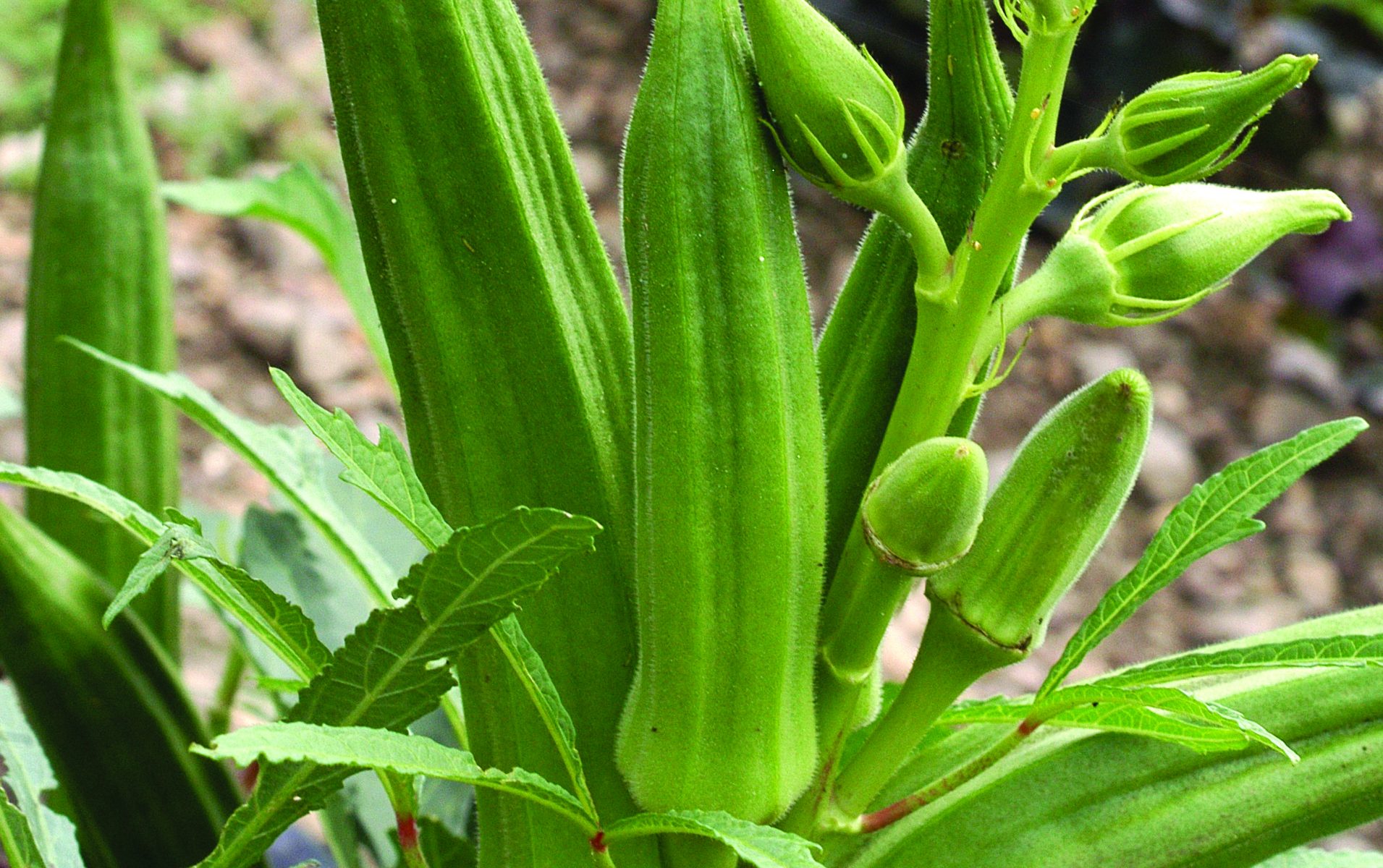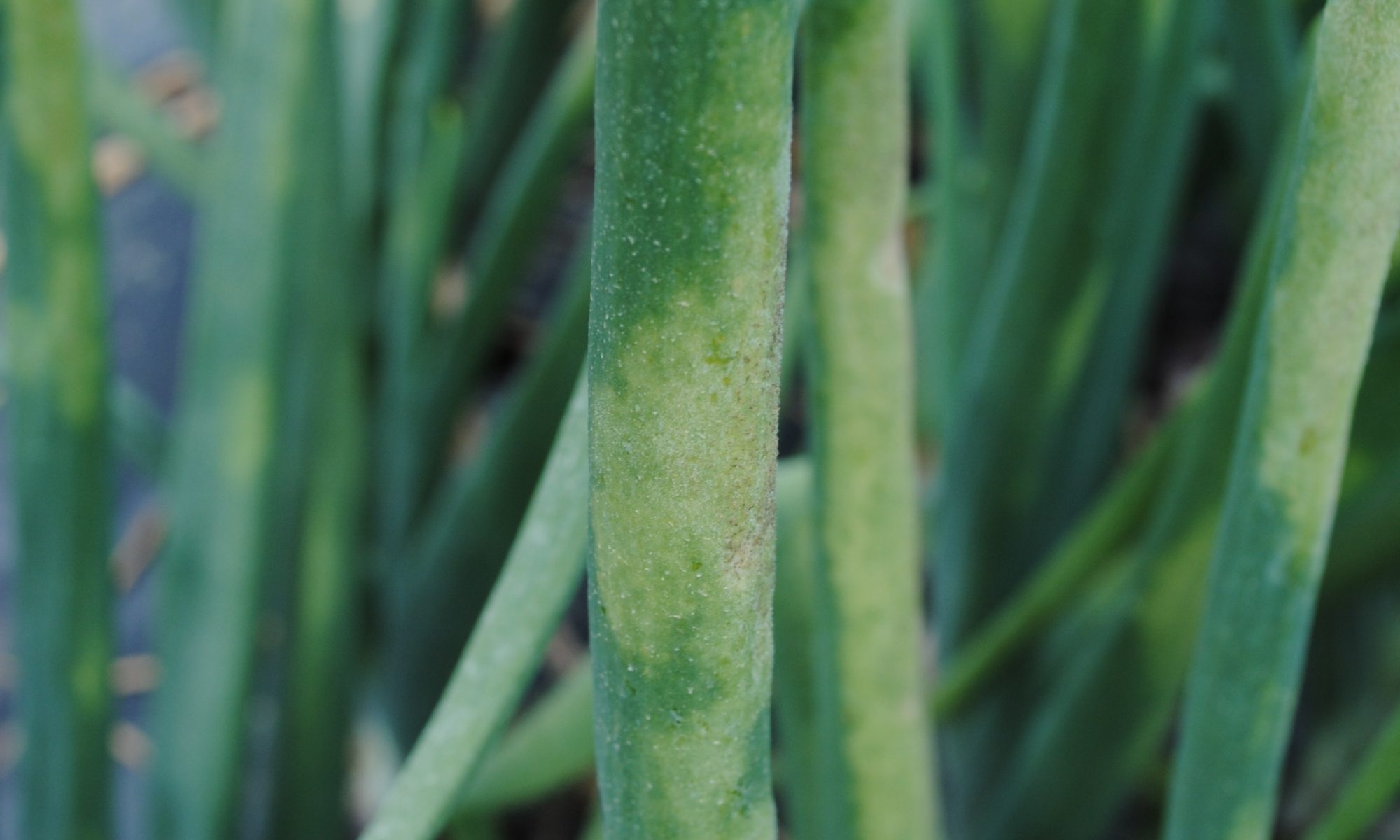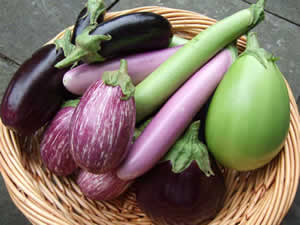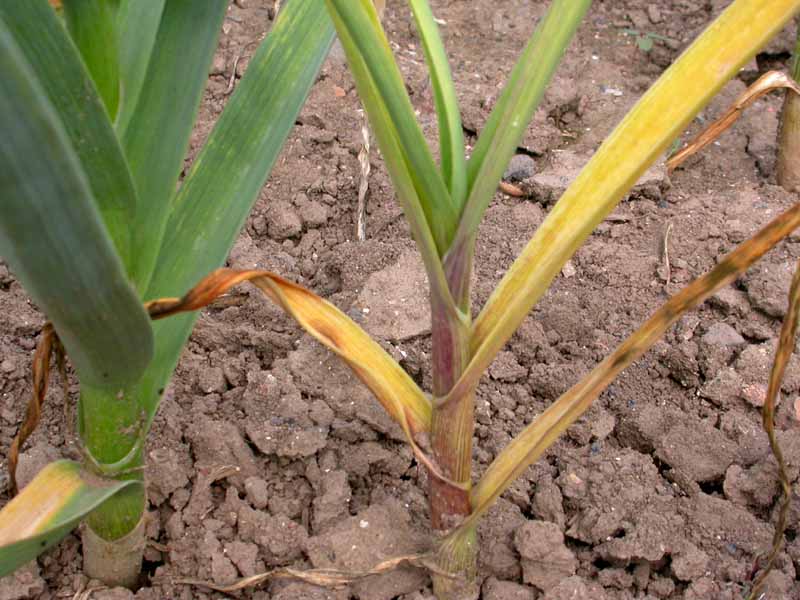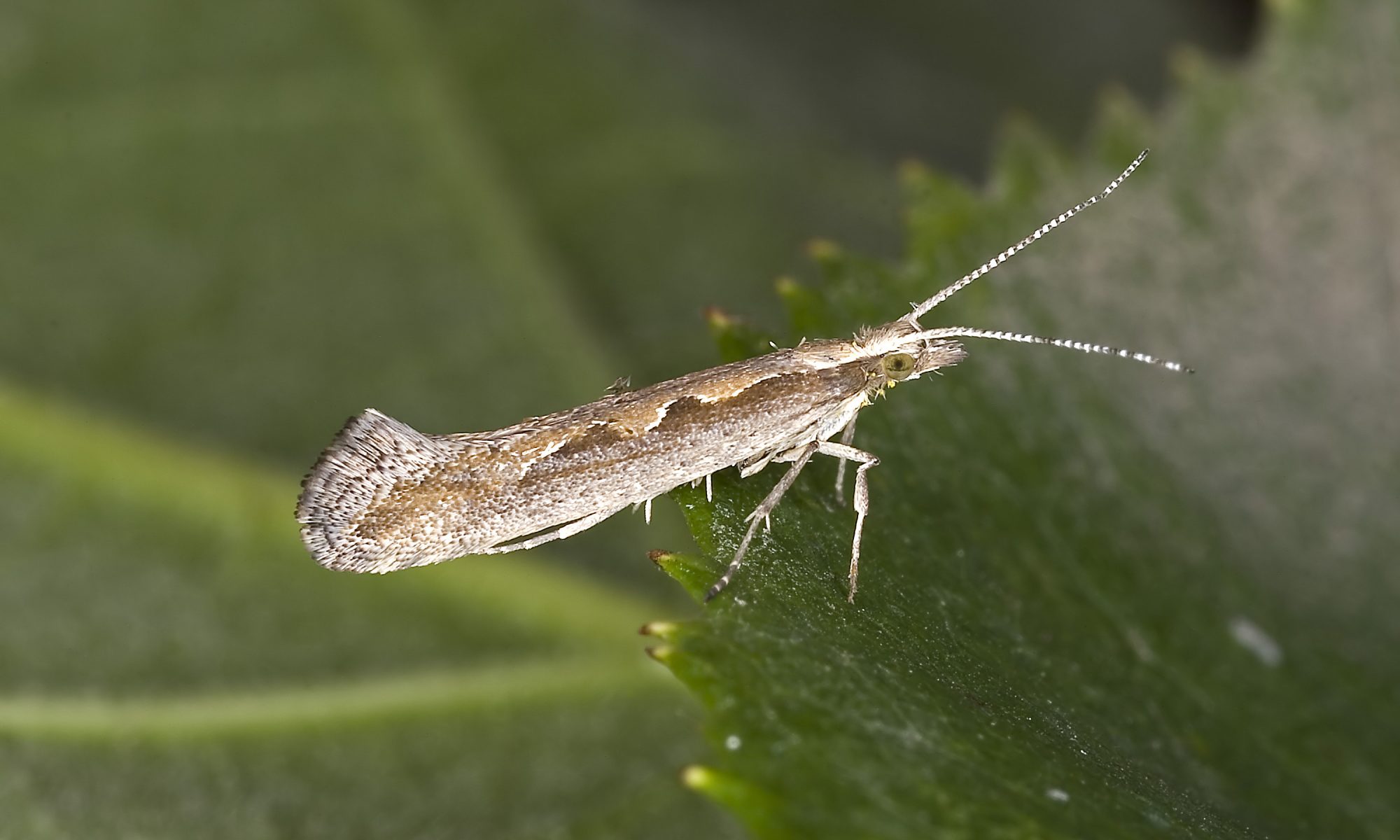Nutrient Management in Okra Crop:-
- The fertilizer dose depends upon the fertility and amount of organic matter applied to the crop.
- About 20-25 t/ha of farm yard manure is mixed at the time of land preparation.
- Generally application of 80 kg N (200 kg Urea), 60 kg P205 (400 kg Single Super Phosphate) and 50 kg K20 (100 kg MOP) is recommended for optimum yield.
- Half dose of N and full dose of P and K are applied at the time of planting.
- The balance half dose of Nitrogen is given 30 days after sowing followed by earthing up operation.
- For Hybrids Varieties the recommended dose is 150 kg Nitrogen (300 kg Urea), 120 kg P205 (800 kg Single Super Phosphate) and 75 kg K20 (125 kg Muriate of Potash).
- Out of this dose 30% of Nitrogen and 50% of Phosphorus and Potassium is applied as basal dose.
- Remaining 50% of Phosphorus and 40% of Nitrogen and 25% of Potash is applied as first top dressing four weeks after sowing.
- Balance quantity of 30% of Nitrogen and 25 % of Potash is applied as second top dressing about seven weeks after sowing.
Like and share with other farmers by clicking on button below
Share
